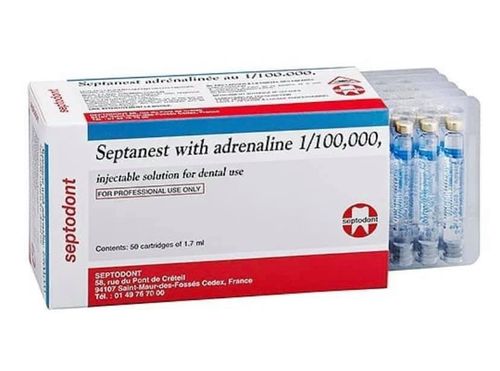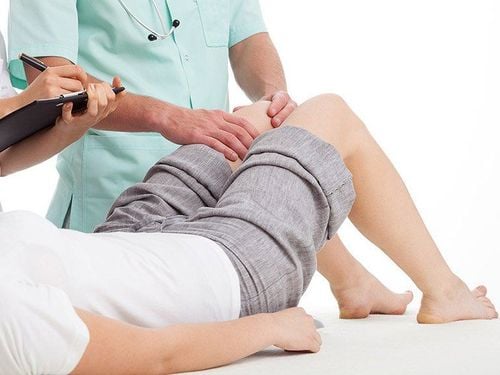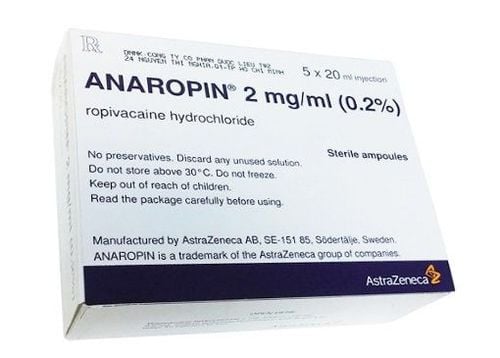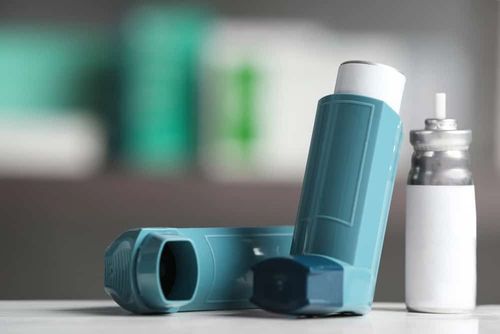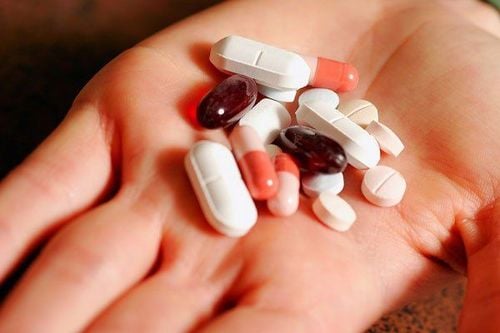This is an automatically translated article.
The article is professionally consulted by Master, Doctor Ta Quang Hung - Department of General Surgery - Vinmec International General Hospital Da Nang. The doctor has more than 10 years of experience in teaching and practicing in the field of Anesthesia.The composition of the cortisone injection includes corticosteroids and local anesthetics. To avoid drug side effects, usually the number of cortisone injections is limited to a certain amount.
1. Purpose of cortisone injection
Corticosteroid injections are very effective in treating arthritis including rheumatoid arthritis. In addition, this shot is also part of the treatment of other underlying health conditions, including:Back pain Bursitis Gout Osteoarthritis Psoriatic arthritis Reactive arthritis Rheumatoid arthritis Tendonitis.
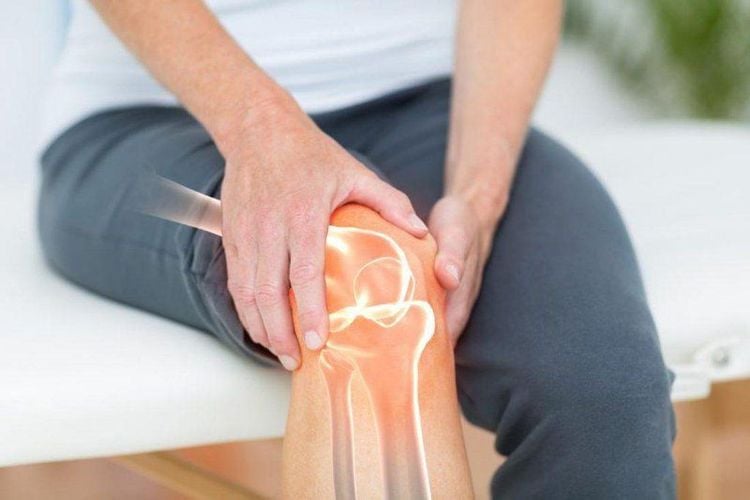
2. Possible risks when injecting cortisone
The potential side effects of cortisone injections are increased when the patient is given large doses and repeated use. Possible side effects include:Damage to cartilage Causes death of bone near the injection site Causes joint infection Causes nerve damage Temporary blushing Causes flare-ups of pain and inflammation in the area temporary joint increase in blood sugar Temporary weakening or rupture of tendon Causes thinning of bone near the injection site (causing osteoporosis) Thins the skin and soft tissue around the injection site Whitens or lightens the skin around the injection site Abundant Concerned that repeated cortisone injections can damage cartilage in joints, doctors often limit the number of cortisone injections into a joint for a patient. People should not get cortisone injections more often than once every six weeks, and usually no more than three or four times a year.
3. Notes before injecting cortisone
If the patient is taking a blood thinner, they will need to stop taking it a few days before the cortisone injection to reduce the risk of bleeding or bruising. Some dietary supplements also have a blood-thinning effect.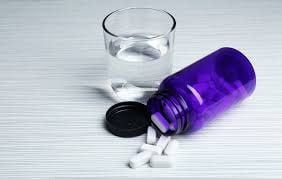
4. The process of cortisone injection
When injecting cortisone, the doctor will position the injection site on the patient's body to easily insert the needle. The area around the injection site will be cleaned and more anesthetic may be sprayed to numb the area where the needle was inserted.In some cases, the doctor may use ultrasound or fluoroscopy to monitor the progress of the needle as it goes inside the patient's body and to place the needle in the correct position. Once the site is located, the medication will be injected into the injection site. Typically, cortisone shots include corticosteroids to relieve pain and inflammation over time and anesthetics for immediate pain relief.
After cortisone injection, some people will have symptoms such as redness and a burning sensation in the chest and face. If the patient has diabetes, cortisone injections may temporarily raise blood sugar. After cortisone injection, the patient should pay attention to the following issues:
Protect the injection site for a day or two. Apply ice to the injection site as needed to relieve pain.
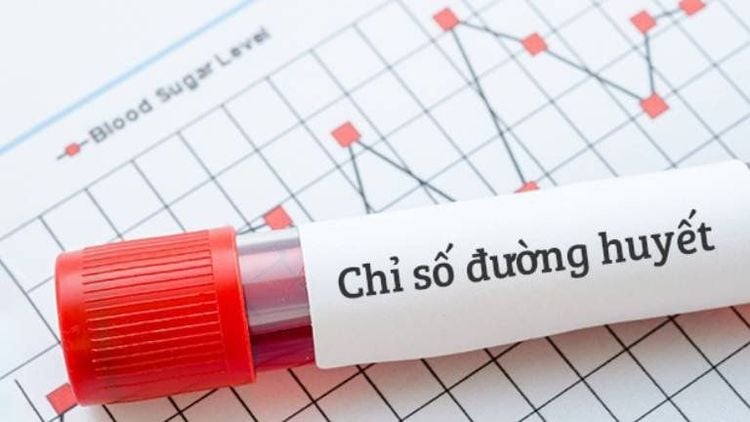
Vinmec International General Hospital is one of the hospitals that not only ensures professional quality with a team of leading medical doctors, a system of modern equipment and technology. The hospital provides comprehensive and professional medical examination, consultation and treatment services, with a civilized, polite, safe and sterile medical examination and treatment space. Customers when choosing to perform tests here can be completely assured of the accuracy of test results.
Please dial HOTLINE for more information or register for an appointment HERE. Download MyVinmec app to make appointments faster and to manage your bookings easily.
Article referenced source: mayoclinic.org




